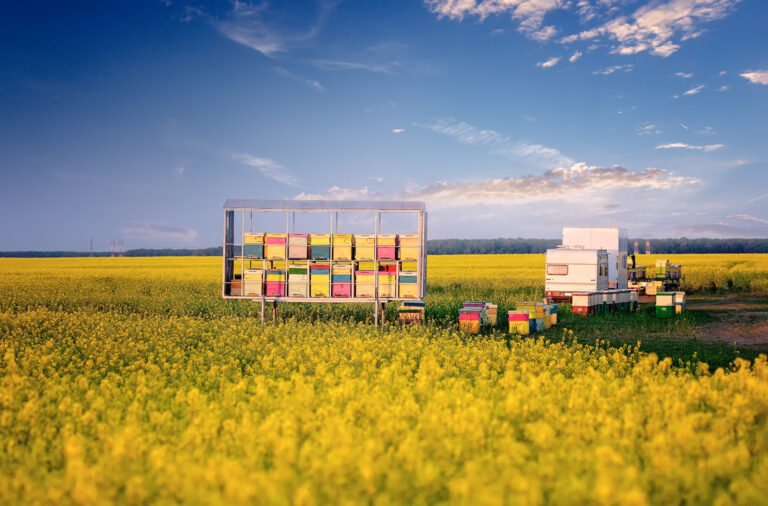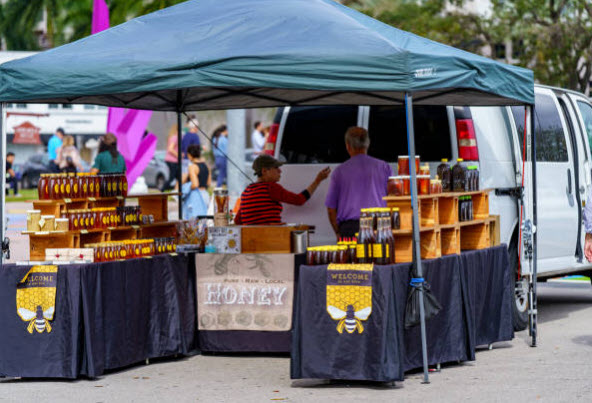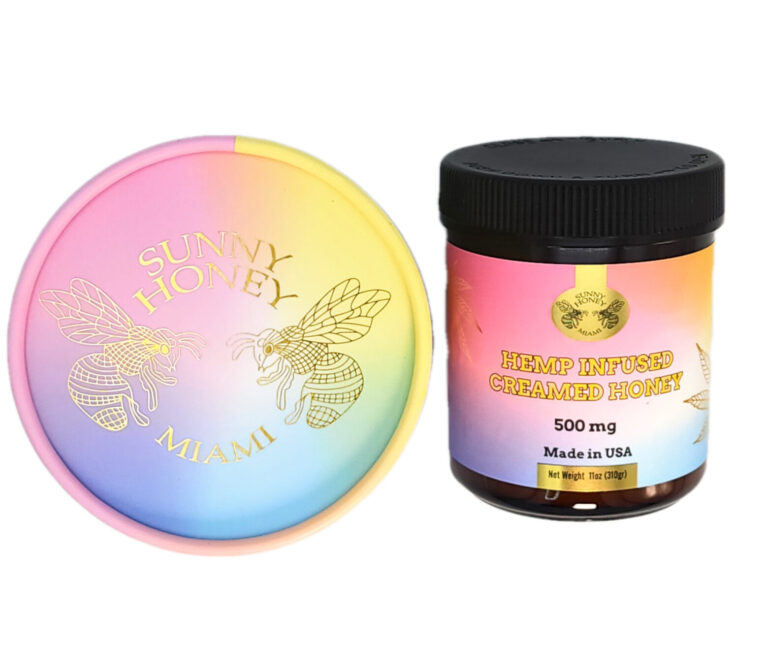FREE SHIPPING WHEN YOU ORDER $35 OR MORE
Beekeeping in Communist Romania

Beekeeping in Romania Beekeeping in Communist Romania, which existed from 1947 to 1989, underwent significant changes due to the centralized nature of the government and the collectivization of agriculture. The Communist regime under Nicolae Ceaușescu aimed to transform Romania into…


